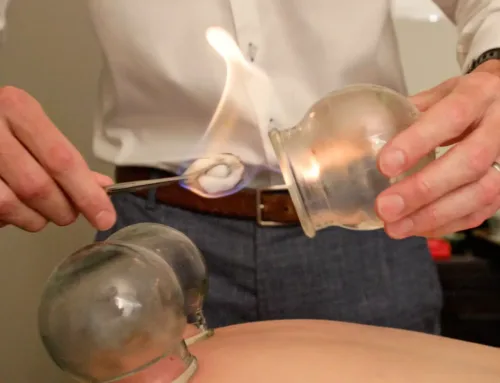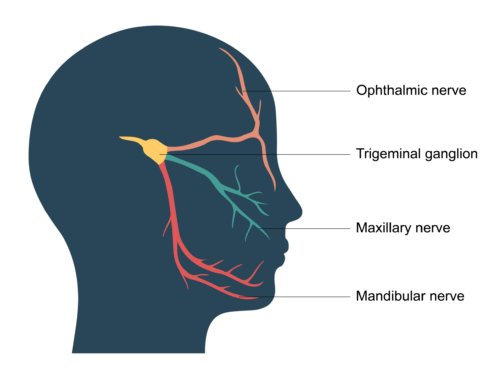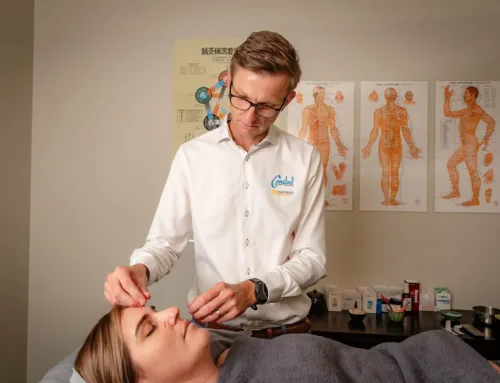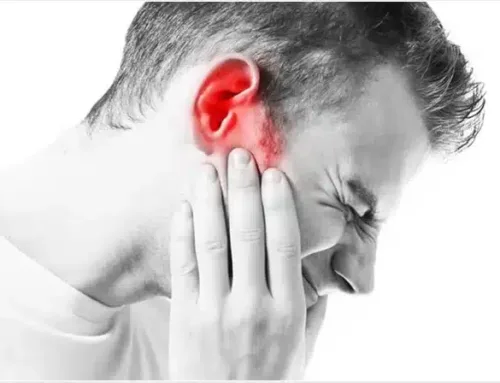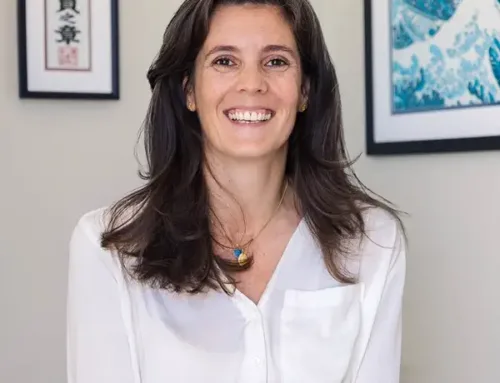 Endometriosis is a condition associated with painful heavy periods, pain during intercourse, spotting before periods and infertility.
Endometriosis is a condition associated with painful heavy periods, pain during intercourse, spotting before periods and infertility.
More commonly diagnosed in recent time partly due to the increasing frequency with which diagnostic surgery is carried out, but also to deferred child-bearing and to elevated levels of environmental pollutants. The disease is defined by the presence of endometrial tissue somewhere in the pelvic cavity but outside the uterus.
The Western medical model has contributed to the notion that this is a disease characterized by blood being where it shouldn’t and unable to escape the body, i.e. Blood stasis. Symptoms such as severe stabbing pain during menstruation, clotting and palpable nodules or masses in the abdomen appear to verify the diagnosis of stagnant blood. Acupuncture treatments will follow the menstrual cycle but more attention is paid to moving blood, clearing the stasis, breaking up masses during the period and moving blood at ovulation.
Western Medicine uses a drug treatment protocol in endometriosis; it stops the cycle completely with the use of hormones which trick the body into thinking it is pregnant or menopausal. When the course of treatment is completed, endometriosis frequently reoccurs. This is because the cause hasn’t been addressed, only the obvious manifestations. Chinese Medicine endeavors to locate the original imbalance which allowed the endometriosis to develop in the first place and target that. Endometriosis is a difficult disease to treat in any modality, but if the patient is prepared to pursue a Chinese Medicine protocol over 6-12 months, the results can be very encouraging. This is achieved through a regime of treatments that include acupuncture, moxibustion and Chinese herbs.
A systematic review & meta-analysis of complementary treatments for women with symptomatic endometriosis concluded that acupuncture was found to provide significant improvement in patient outcomes (1). In one randomised controlled trial reviewed; chronic pelvic pain, dyspareunia and quality of life were all improved over a 5 week period in patients and results lasted up to 2 months after treatment ceased (2).
In another two studies, patients were treated with combination of Chinese herbs & acupuncture and symptoms of dysmenorrhea (cramping) was effectively relieved (3).
If you, or someone you know is suffering from endometriosis, we recommend booking a consultation with one of our experienced practitioners to discuss your progress back to health.
References:
- Mira, T et.al., (2018). Systematic review and meta-analysis of complementary treatments for women with symptomatic endometriosis. – PubMed – NCBI. [online] Ncbi.nlm.nih.gov. Available at: https://www.ncbi.nlm.nih.gov/pubmed/29944729
- de Sousa, T., de Souza, B., Zomkowisk, K., da Rosa, P., & Sperandio, F. (2017). The effect of acupuncture on pain, dyspareunia, and quality of life in Brazilian women with endometriosis: A randomized clinical trial
- Kong, S., Zhang, Y., Liu, C., Tsui, I., Guo, Y., Ai, B., & Han, F. (2014). The Complementary and Alternative Medicine for Endometriosis: A Review of Utilization and Mechanism. Hindi.com. Retrieved from https://www.hindawi.com/journals/ecam/2014/146383/
- Lyttleton, J. (2004). Treatment of Infertility with Chinese Medicine, Elsevier, Sydney


